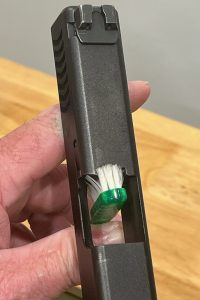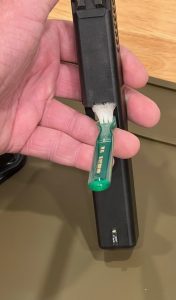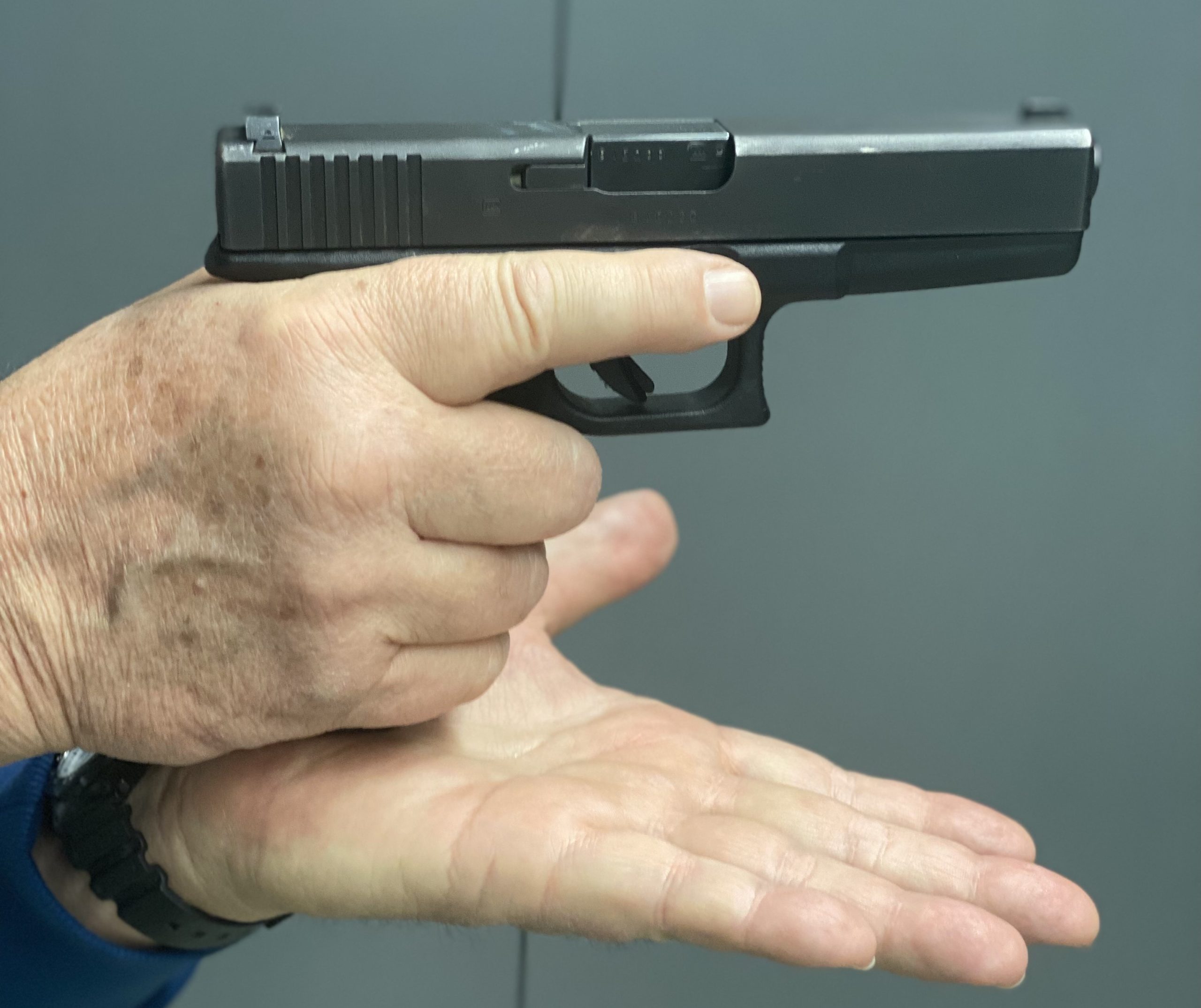
By Michael A. Black | Contributing Writer
The recent attempted murder of a minister by an armed psychopath in New Braddock, Pennsylvania was all over the news the last few weeks.
A reverend was engaged in a televised service or some sort when an armed man approached the pulpit, stepped over a separating barrier, and pointed a handgun at the minister. He allegedly pulled the trigger, but the gun apparently misfired. A brave and redoubtable individual in the church then ran up and tackled the offender. The minister, who’d ducked behind a lectern when the weapon was pointed at him, then assisted in restraining the would-be killer until the police arrived.
The suspect was taken into custody and was subsequently charged with attempted murder. It was discovered that the offender had purportedly shot and killed a relative before going to the church where the aforementioned incident occurred.
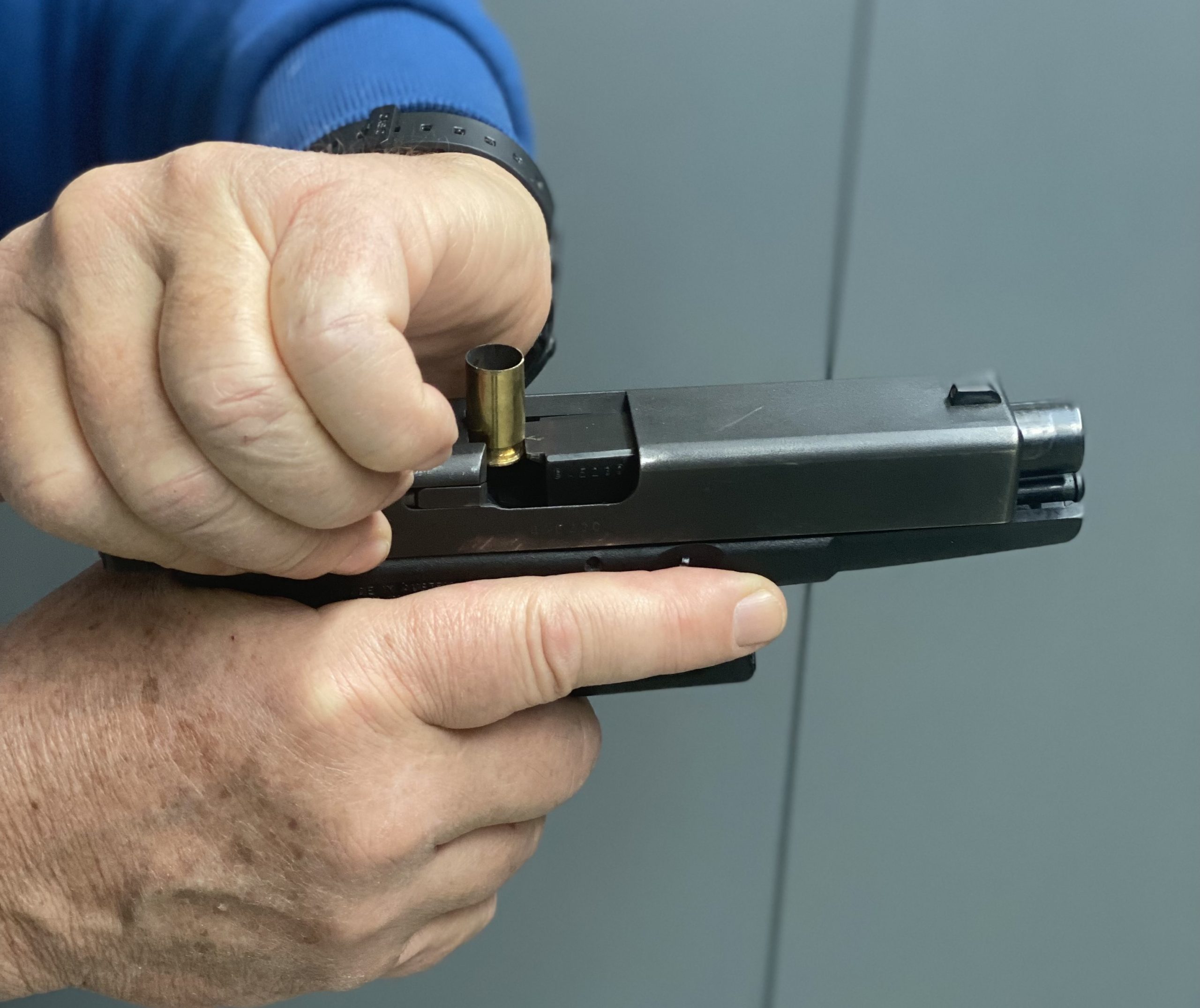
While I’m very glad that this incident turned out the way it did, several lessons can be gleaned here.
First, it brought back a memory of a personal lesson I learned long ago. From the video shown on the news, the weapon used by the assailant appeared to be a semiautomatic. While I don’t profess to know the make or the exact reason why the gun in this case didn’t fire, this was something with which I could relate.
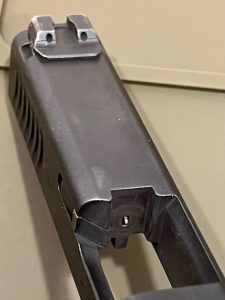
Back when I was a working police sergeant my squad responded to an armed robbery. The suspect was armed with a cheap, “Saturday Night Special” semiautomatic handgun and after carjacking the victim, fled the scene. One of my guys, Officer Brown, was close and gave chase since it was a forcible felony. The chase ended up on a busy city street and the offender bailed from the stolen vehicle and fled on foot, with Officer Brown close behind. The offender pushed his way onto a city bus. Officer Brown then entered the bus after him, his duty weapon, a Glock 21, held at the ready. The offender had been crouched behind a seat at the rear of the bus and he sprang up and pointed his gun at Brown, pulling the trigger. The weapon didn’t go off and Officer Brown squeezed the trigger of his own weapon, which also misfired.
Being a top-notch officer, Brown reacted as he’d been trained, tapping and racking back the slide, ejecting one round and chambering a new one. He then leveled his pistol again, acquiring target acquisition, and ready to neutralize the threat. Upon seeing the officer’s quick reaction, the offender immediately dropped his gun and surrendered.
Apparently, he’d seen too many movie and TV show “gun battles” where the fictional hero racked back the slide of his weapon before firing. He later said that when he saw Officer Brown do this “I knew he meant business.” Brown concurred saying that he was about to fire again when the suspect gave up.
After taking the offender into custody, Officer Brown recovered the intact round he’d ejected from his weapon and saw a light dent on the primer. Later on, back at the station, we had the armorer take a look at Brown’s sidearm. The Glock was a few years old, but Brown had always taken good care of it. Our regulations required us to qualify with our duty weapons four times a year and Brown had never had a misfire or problem firing the weapon. So why, we asked ourselves, had his cleaned and lubricated Glock misfired in this crucial incident?
Well, just outside of our range there was a bench with bottles of cleaning solvent, gun oil, and an assortment of rods and brushes. Officers routinely cleaned their weapons upon completion of the mandated firing courses. Inspections were held at roll calls the days following the range qualifications and possession of a dirty weapon was frowned upon. It was here at this cleaning bench, we subsequently found out, that the problem with Officer Brown’s handgun originated.
When cleaning his disassembled weapon, Brown used a wire brush laden with solvent to scrub the barrel and slide of his Glock to remove carbon buildup. In scrubbing the breechblock of the upper receiver, he normally rested the rear portion on the counter to gain better purchase in this cleaning effort. When the armorer checked the internal part which housed the firing pin/striker, he found that minute bits of solvent had dripped down through the small, circular hole in the breechblock which the striker goes through to hit the primer. Over a long period of time, enough of this solvent had leaked through the hole and gummed up the striker mechanism. We immediately began checking everyone’s pistols and found several, including the Smith & Wesson 645 that I’d carried, had the same problem. They were all accidents waiting to happen.
We immediately mandated a new training session on the proper way to clean one’s firearm. In short, you never want to have the rear part of the slide (the part with the W-shaped sights) pointed downward or resting on a table during lubricated cleaning. Invert it so the back end of the slide faces upward and no debris, oil, or solvent can drip down the tiny hole and collect in the firing pin assembly. (See photos)This could gum up the mechanism and cause a light primer hit. You also want to avoid getting any type of oil or cleaning solvent on or around the tiny firing pin hole in the breechblock. I recommend cleaning it with a cloth or using one of those brand new, unused, dry toothbrushes that the dentist gives you after your semi-annual checkup.
I don’t profess to know why the knucklehead, would-be killer’s gun misfired in the Pennsylvania incident, nor do I recall why the armed robber’s Saturday night special didn’t fire in the aforementioned incident I described. I never experienced any problems with my duty gun after I changed my cleaning habits. Neither did Officer Brown, who eventually rose to the position of Deputy Chief on another department.
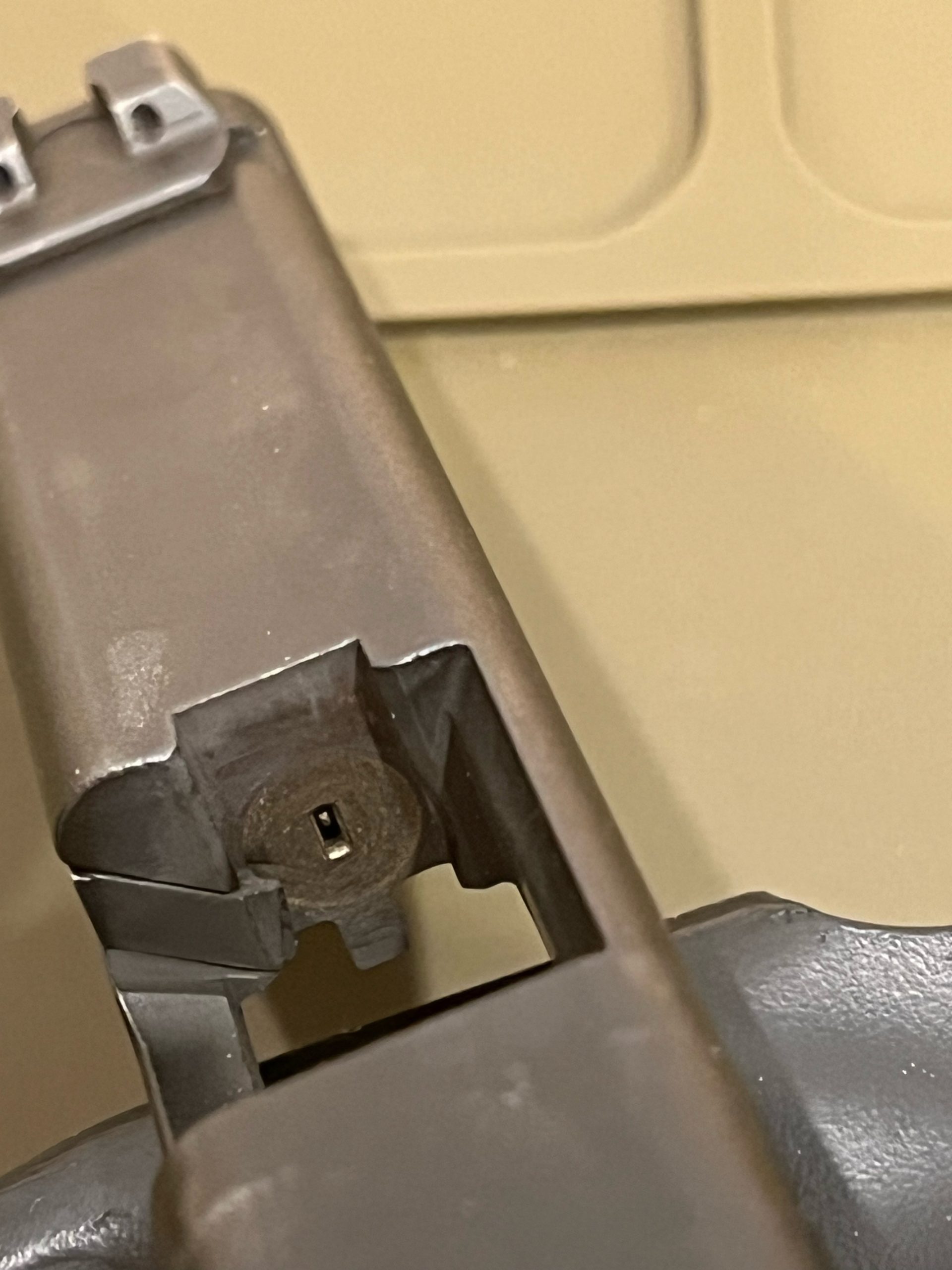
If you take nothing else away from this little vignette, incorporate the proper techniques for cleaning your gun the right way, and always make clearing a misfire or jammed round part of your training. Remember, in the event of a misfire or jam, tap and rack—tap the magazine to make sure it’s seated correctly and then rack the slide back to eject the faulty round and chamber a new one. The way you react goes back to the way you train. And also remember our old buddy Murphy and his inevitable law: Whatever can go wrong, will go wrong… and usually at the worst possible time.
Train right, stay safe, and stay alive.
Michael A. Black is a retired police officer and regular contributor to GunMag.Com. His latest books are Concho: Border Blood, as A.W. Hart and the forthcoming Where Legends Lie, a western under his own name.

